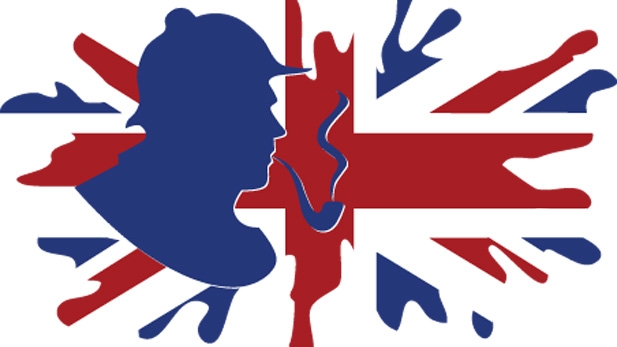
Throughout the 125 years since the character of Sherlock Holmes first appeared, there have been countless fictional representations of the consulting detective, but there have also been a handful of "real" Sherlocks, as well. Here are three of the originals.
Joseph Bell (1837 – 1911): Holmes is always at his coolest when he’s systematically breaking down the background of an individual by close inspection of subtle details. Apparently, Dr. Joseph Bell used that same process as a dramatic demonstration of the powers of observation and reason. Arthur Conan Doyle was a student of Bell’s while at medical school and served as his clerk for a time. Bell occasionally assisted the police in the capacity of a forensic doctor, not a consulting detective.
Bell’s “strong point was diagnosis, of not only disease, but of occupation and character.” In a famous example, also accounted in Doyle’s autobiography, a man stepped forward to Bell without giving any information about himself.
A famous incident Conan Doyle wrote in his autobiography:
After a good eying over, Bell gave these 5 conclusions about the man he’d never met before:
Well, my man, a) you’ve served in the army… b) Not long discharged… c) A Highland regiment… d) A non-com officer… e) Stationed at Barbados…
Bell was correct on all points. He explained how he did it as follows here:,
Henry Littlejohn (1826 – 1914): Littlejohn was also a doctor, but his relationship with the police was more official than that of Joseph Bell. For almost 50 years Littlejohn served as Surgeon of Police and Medical Officer of Health of Edinburgh. Part of this job was a public health position (a relatively new idea at the time), but the other part was to serve as a consultant to the police when they needed medical expertise.
In 1893, the Ardlamont murder trial was taking place. Alfred John Monson was accused of shooting his twenty year old student, Cecil Hambrough, during a hunting trip. The defense claimed that Hambrough had “accidentally” shot himself in the head.
According to the Edinburgh News, Littlejohn testified that:
- the position of the wound,
- the scorch marks from the bullet,
- the damage to the victim’s skull, and
- even the smell of the victim indicated the contrary,
..... that this was murder.
The building of a character. William Gillette (1853 – 1937): He was just one of the many hundreds of actors who played Holmes. What makes Gillette special is that he was among the first. He was the first to wear Holmes's signature deerstalker hat, the first to replace Holmes's straight pipe with a curved one, and the first (while helping Conan Doyle to write the first official Sherlock Holmes stage play) to pen the line, “elementary, my dear fellow,” which would eventually be turned by later writers into, "elementary, my dear Watson." Gillette had his own Homes-like qualities. He was an inventor, earning patents for a variety of items including a timestamp device and a system for making more realistic horse-hoof sound effects on stage.
No comments:
Post a Comment